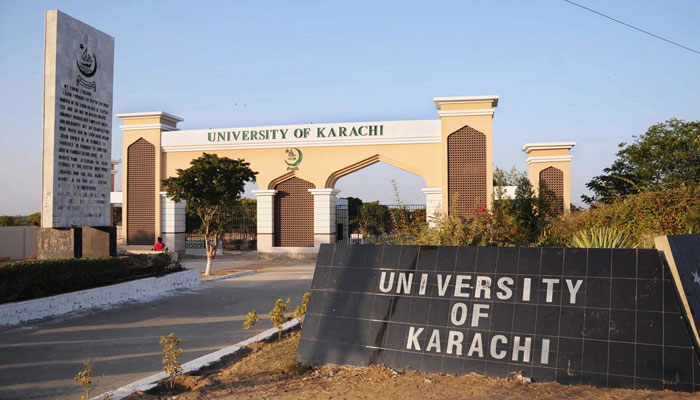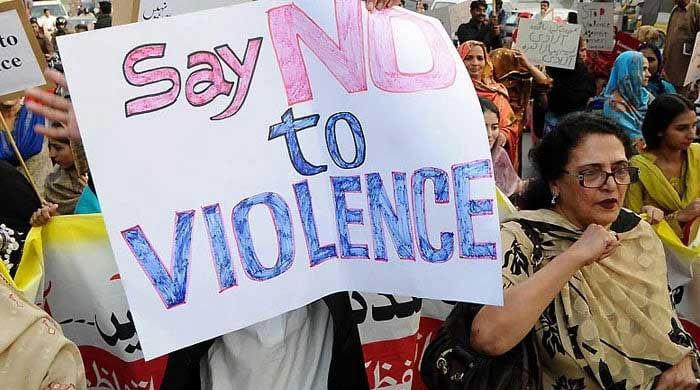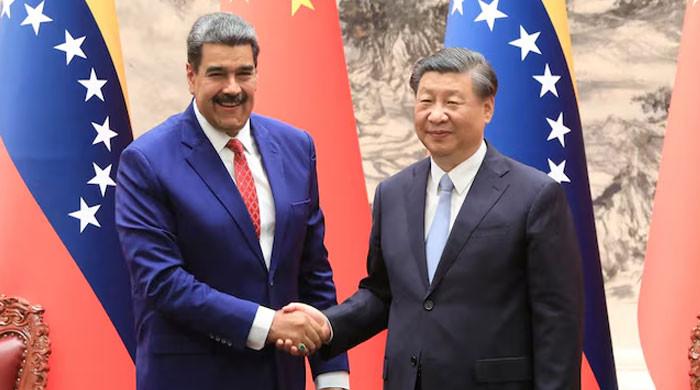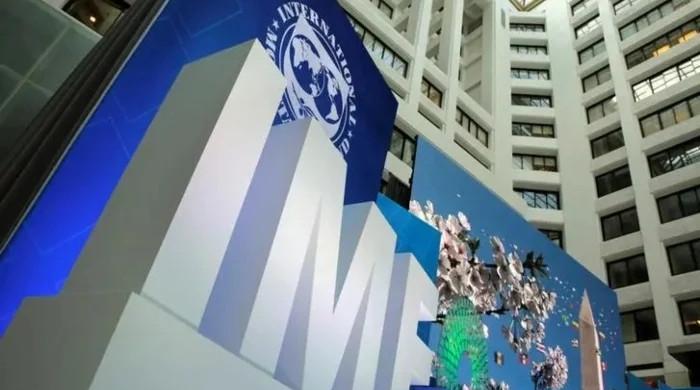Defunding of public higher education
In FY-18, against a demand of Rs72 billion for its recurring expenses, HEC was allocated Rs63 billion, about 15% below what was asked
March 29, 2024

When one is looking for higher-ed statistics in Pakistan, they must be pieced together from multiple sources and cross-checked to ensure they make sense. However, occasionally, you come across longitudinal figures from an authoritative source that tells the story you have been piecing together from individual and isolated data points.
Last week major players of the public higher education sector assembled in Islamabad for two days. Attendees included representatives from the (higher) education bureaucracy, the Higher Education Commission (HEC), and vice-chancellors of many public sector universities.
In FY2017-18, against a demand of Rs72 billion for its recurring expenses, the HEC was allocated Rs63 billion, about 15% below what was asked.
Since then, the number of public universities has grown by 53% (from 100 to 153), the number of enrolled students has grown by a staggering (but welcome) 83% (from 801,000 to 1,457,000) and the number of faculty members has grown by 44% (from 32,000 to 48,000).
To no surprise, over the same period, the recurring budget demand from the HEC has risen in line with these growth numbers from Rs72 billion (FY2017-18) to Rs120 billion (FY2023-24), but budget allocations have remained essentially flat, going from Rs63 billion (FY2017-18) to Rs66 billion (FY2023-24). In fact, the gap between budget demanded and allocated has grown from 12% in FY2017-18 to a staggering 45% in FY2023-24.
These figures do not account for the rampant inflation we have been living with since 2018. Perhaps to account for that, budget figures were also shared in dollars, which gives a better sense of the purchasing power of allocations. From FY2017-18 to FY2023-24, the recurring budget allocation has gone from $622 million down to $238 million, a breathtaking decline of 62%, which is further exacerbated by the growth in the number of universities and students it must support. In the last few years, if it feels like higher education has "slowed down" and resources appear stretched to the limit, that is because it has and they are — because in effect the higher-ed sector has been gradually defunded.
It is noteworthy that the 2017-2024 period includes the tail-end (usually the period in which governments generously hand out goodies for voters) of the Pakistan Muslim League-Nawaz (PML-N) government, the entire tenure of the Pakistan Tehreek-e-Insaf (PTI), the Pakistan Democratic Movement (PDM) that ruled for the last year and a half of the previous parliament, and the caretaker government that followed.
The flat recurrent budget allocation and the straight upward trending line of budget demand figures suggest that come what government may, whatever else they may disagree on, all are "on the same page" and equally unperturbed by the fate of public higher education in this country.
When times are tough, it may be possible to underfund a sector for a year or two and still walk away without severe lasting effects but when a sector is defunded consistently for a decade, something has got to give — something will break.
Public higher education is, or at least used to be, heavily subsidised. Among the figures shared at the meeting was the average grant-per-student — the average amount by which every student’s education is subsidised every year. In FY2017-18, this amount stood at Rs67,528 and has been on a steady decline since and hit Rs50,956 in FY2023-24 — a decrease of 25%. Meanwhile, the average cost per student has risen from Rs107,474 to Rs250,085 over the same period — an increase of 133 per cent.
In these circumstances, with no other developed sources of funding, public universities have nowhere else to go but to raise tuition fees to make up for shortfalls. Only very few public universities have established professionally managed endowment funds and investment portfolios and developed their alumni networks to tap them for donations.
Things are not looking up for the next fiscal year. Late last year, the Special Investment Facilitation Council (SIFC) reviewed the budgetary contributions made by provinces to higher education, which were found to vary widely from one province to another.
In FY2022-23, Sindh added a whopping 185% of federal contributions towards higher education from its provincial budget. Balochistan added 76% of federal higher education contributions from their provincial budgets, but despite that universities have been unable to meet their recurring expenses. Faculty/staff at some universities there have not been paid for the last three months. Meanwhile, Punjab contributed less than 6% and Khyber Pakhtunkhwa contributed nothing from their provincial budgets to their higher education spending.
On November 16, 2023, the SIFC made the decision that going forward provinces will be expected to match the federal higher education contribution rupee-for-rupee from provincial budgets.
This decision is not accompanied by a justification, but one can make an educated guess as to what it could be: The national HEC in Islamabad may still set minimum standards to enable inter-provincial mobility of qualifications but education is a devolved subject now, making it the provinces’ responsibility.
Although the 18th Amendment to the Constitution of Pakistan was passed some 14 years ago, this implication has yet to sink in in most provinces. To quote Peter Parker’s (Spiderman) Uncle Ben’s much-overused line, “With great power comes great responsibility.” At the moment, it appears that provinces want all the power, but none of the responsibility.
Some of the recommendations that came out of the meeting are spot on — don’t set up new universities without ensuring their sustainability first, professional management of university finances, awakening provincial governments to their responsibilities in funding higher education, etc.
Others appear completely off the mark — asking for equal pay and allowances for VCs, pro-VCs, and other administrative positions across universities, demanding that provincial governments fund endowments, asking the HEC to give VCs “strict policies” further eroding their own autonomy, arguing for greater allocation of funds to higher education vs school education, etc.
Of course, saving universities that are standing on the precipice of or that are already in a state of insolvency is not just a matter of appointing more dynamic VCs. The hole that most public universities find themselves in now is, to a large extent, a result of governance failure. For almost a decade now, universities have been told to raise more funds of their own, while rules prevent them from undertaking many commercial activities.
The bottom line is that costs in higher education are rising while public support is simultaneously drying up. The responsibility of providing adequate support to public universities is now the responsibility of provinces but many are reluctant to take it on. University leaders (vice-chancellors) must develop alternate lines of funding to support their institutions and that means doing many of the same things that university leaders across the world have been doing for decades but very few here at home have attempted — that is: courting and cultivating relationships with donors, developing and tapping alumni networks and setting up and funding endowment funds and institutional investment portfolios.
These challenges will require a skill set that is very different from academia which means that the right person for the job of VC will likely not be an academic who has risen through the ranks. Knocking on the doors of government for a handout that may sustain their institution for another fiscal year, only to do it all over again the next, is no longer a sustainable strategy.
The writer (she/her) has a PhD in Education.
Disclaimer: The viewpoints expressed in this piece are the writer's own and don't necessarily reflect Geo.tv's editorial policy.
Originally published in The News











